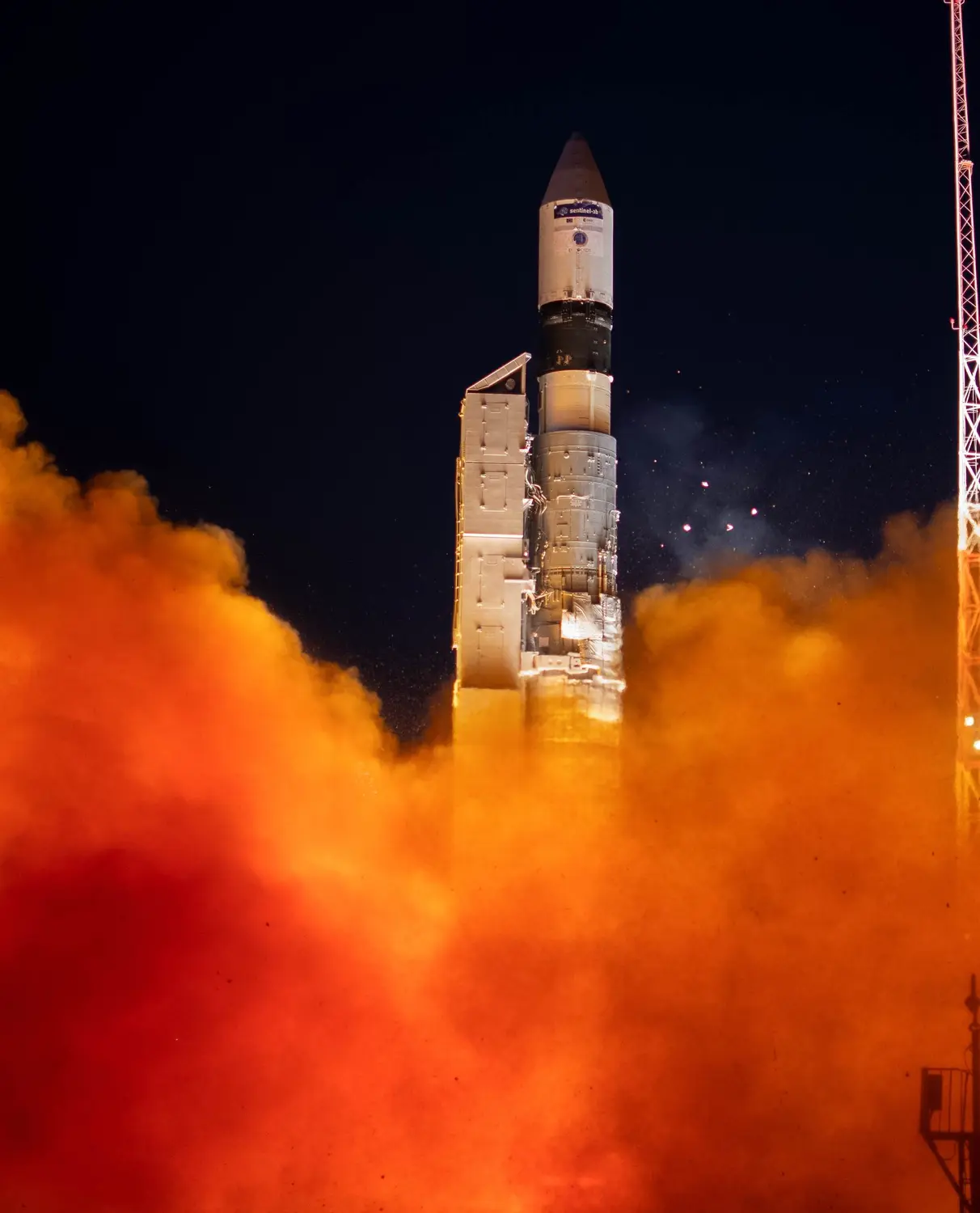Cosmos 2437 to 2439 & Yubileyniy-1
Launch Success
Liftoff Time (GMT)
15:20:09
Friday May 23, 2008
Mission Details
Launch Notes
First flight of Rokot with military satellites.
Yubileyniy-1
Yubileyniy is a small satellite named to honour the 50th anniversary of the first satellite in 1957, Sputnik-1. It was built by by ISS Reshetnev together with the Siberian State Aerospace University of Krasnoyarsk. The satellite is based on ISS Reshetnev's Yubileyniy platform, which features an hexagonal prism structure, body mounted solar cells and a gravity gradient boom. The payload was partially developed and built by students of SibSAU. The new satellite features communication equipment for amateur radio operators and tests new components of satellite avionics.
Low Earth Orbit
1 Payload
48 kilograms
Cosmos 2437 to 2439
The Strela (Russian: Стрела) are Soviet, then Russian, military space telecommunication satellites, in use since 1964. These satellites operate as mailboxes ("store-and-forward"): they remember the received messages and then resend them after the scheduled time, or by a command from the Earth. Some sources state the satellites are capable of only three months of active operation, but in accordance with others they can serve for about five years. The satellites are used for transmission of encrypted messages and images. The operational constellation consists of 12 satellites in two orbital planes, spaced 90° apart. The spacecraft had a cylindrical body with a gravity-gradient boom, which was extended on-orbit to provide passive attitude stabilization. On-board storage was 12 Mbits of data, with a transmission rate of 2.4 kbit/s. The first three satellites were launched in 1964 by a Cosmos launcher. After one year of service, new and improved satellites were launched, called Strela-2. In 1970, these satellites were modernized, and became the Strela-1M and Strela-2M satellites. From 1985, these satellites will be gradually replaced by Strela-3, and then by Strela-3M from 2005. A civilian version of these satellites was created, called Goniets. Initially launched by six on Tsyklon, when the launcher was retired, they were only launched by two on Cosmos, before Rokot was put into service and allowed the sending of triplets of Strela satellites.
Low Earth Orbit
3 Payloads
675 kilograms
Rocket


Manufacturer
KhrunichevPrice
$13.00 million
Rocket
Height: 29.1m
Payload to Orbit
LEO: 2,150 kg
GTO: 0 kg
Liftoff Thrust
1,875 Kilonewtons
Fairing
Diameter: 2.62m
Height: 6.74m
Stages
3
Launch Site
Stats
Rokot
12th
Mission
1st
Mission of 2008
2008
25th
Orbital launch attempt